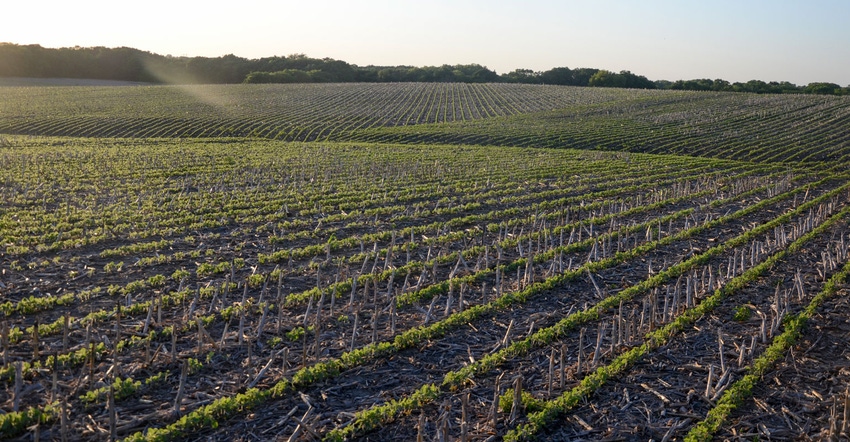December 11, 2019

By Bob Klein and Glennis McClure
If producers know their cost per bushel or unit of production, marketing decisions can be made when the opportunity for profitability exists. Understanding variable and fixed costs of each crop enterprise provides an understanding of the financial health of the crop operations, which can lead to better management decision-making.
Crop budgets provide information to assist in identifying areas where adjustments can be made to increase efficiency in producing a crop. If major differences are identified when comparing costs for an item or operation in the University of Nebraska-Lincoln crop budgets with a producer's own costs, this should be explored. There may be some good explanation for the differences or the comparison may point to an adjustment that could be made to lower production costs.
The 2020 Nebraska crop budgets include 80 production budgets for 15 crops, as well as information on crop budgeting procedures, standard costs used and a crop budget production cost summary. Two new irrigated corn budgets, No. 33 and No. 34, and two new soybean budgets, No. 64 and No. 65, were added for 2020 to reflect production practices and materials using new options for weed management.
Crop production budgets are grouped by crop and provided in two formats: a printable PDF file and an Excel worksheet that can be customized to match the crop production operation. Detailed information on how these budgets were developed, along with machinery and ownership costs, general variables, and material and service pricing, are included in introductory pages 5-12.
The Excel file is an integrated worksheet listing details in the first few worksheets that figure into the crop budget formulas. Changes made in one worksheet can affect many subsequent crop budget calculations.
Both a cash cost per unit of production and a total cost of production per unit are calculated for each crop. The cash cost figure does not include ownership cost of machinery and equipment used in field operations or a real estate opportunity cost.
The crop budgets make the assumption that the operator is the landowner by showing an opportunity cost of ownership. If an operator rents crop ground, that share of land costs can be shown in the budgets by zeroing out the real estate value in the general variables tab of the worksheet and adding the cash rent amount into the worksheets along with other cash expenses.
The 2020 crop budgets were developed and edited by Robert Klein, Extension western Nebraska crops specialist, and Glennis McClure, Extension educator in agricultural economics, with the original crop budget template created by Roger Wilson, retired farm and ranch management analyst.
Contributing to the budgets in their specialty areas were Robert Harveson, Tamra Jackson-Ziems and Stephen Wegulo, Extension plant pathologists; Robert Wright, Extension entomologist; Paul Jasa, Extension engineer; Chris Proctor, Extension educator for weed management; and Jay Parsons, assistant professor, agricultural economics.
The 2020 budget projections were created using assumptions thought to be valid for many producers in Nebraska. However, each farming operation is unique. These budgets are being released in both Adobe PDF and Excel worksheet formats. The worksheet format allows producers to modify them to match their specific situation. The danger of releasing a tool that can subsequently be modified is that there is no way to verify whether alterations were made or unrealistic data was entered. Users of this tool are responsible for independently verifying all results before relying on them.
Klein is an emeritus Extension professor, and McClure is an Extension farm and ranch management analyst at the University of Nebraska-Lincoln.
Source: UNL CropWatch, which is solely responsible for the information provided and is wholly owned by the source. Informa Business Media and all its subsidiaries are not responsible for any of the content contained in this information asset.
You May Also Like




